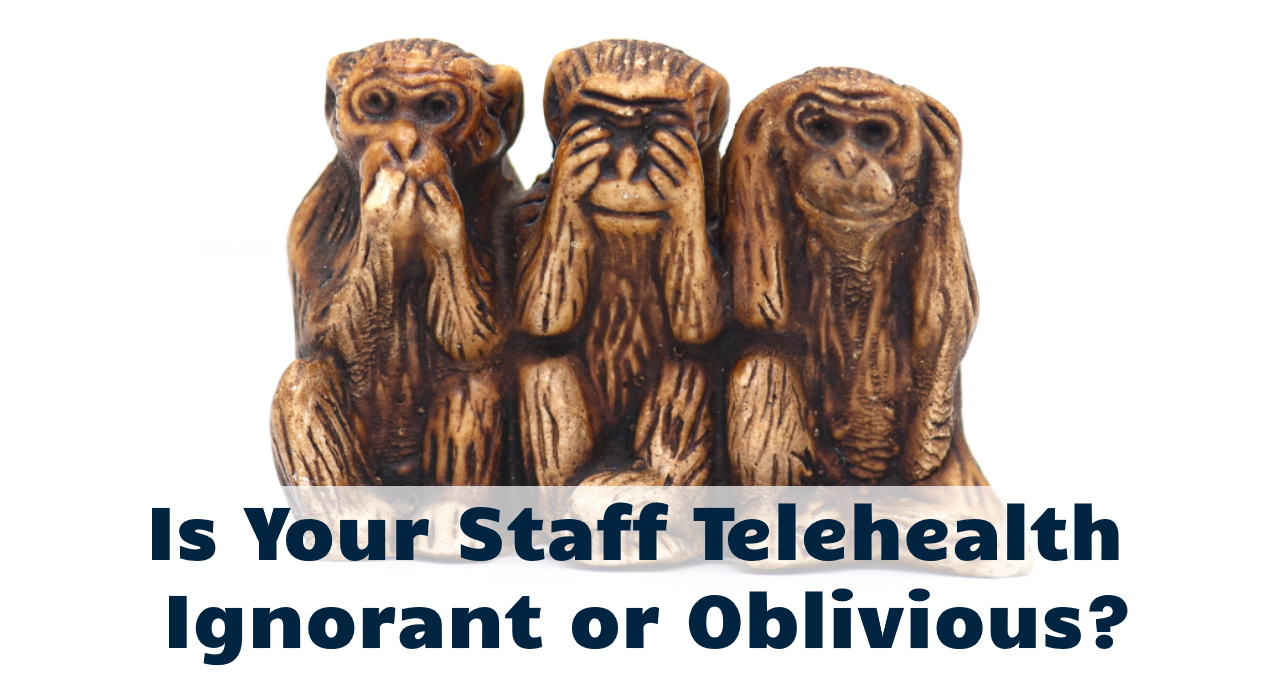The Titanic taught the Western world about icebergs – that about only 1/8 of it is visible above the water and that the rest, about 87% of it, is hidden from the naked eye.
There’s a comparable truth about the plight of many ordinary Americans seeking healthcare. The physicians, nurses and receptionist are only seeing a small fraction of the journey and the ordeal that patients had to go through to get to be in front of them. The other 87% is often hidden — leaving one’s job early, securing a babysitter or transportation, juggling schedules, finding parking, paying for gas or the bus fare.
A Common and Unbelievable Experience
A friend of mine is a really good person. How do I know? Because she spent the better part of her day last week driving her children’s pre-school teacher from 20 years ago around town to help her get some really basic care.
You see, her friend, a poor, black cancer survivor needed a basic antibiotic prescription for her sinus infection. But she could not get the prescription unless she presented, in person, at the office of her primary care physician for an exam.
And she could not present at the clinic unless she showed proof of a negative PCR test. But there were virtually no tests to be had in this metropolitan area.
When my friend actually drove to the clinic, to see if they would offer their patient a virtual visit instead, so she could be seen without a proof of a negative PCR test, the staff casually responded “No”.
This happened not at your neighborhood clinic of a physician-run practice, but at the Primary Care office affiliated with a $4B not-for-profit health system that in 2020 reported $200M operating income. According to a semi-hidden webpage on their telehealth services (you really have to dig for it), the organization is indeed offering “On-Demand Video Visits with […] providers in real-time to receive a diagnosis, treatment plan, and prescription as needed for minor illnesses or concerns.” While such visits may not be with your care provider, tldhey offer a quick resolution and at least the encounter is captured in the systems’ EHR, so your primary care physician would see it in the chart.
The existence of such service is a fact that should have been known by whoever that person was that gave my very polite friend that nonchalant answer of “No” (without obvious concern for what the patient’s needs were).
So my friend was left no choice other than to sit in line for 3 hours to get a PCR test, so that her friend could get a simple antibiotic prescription for a common sinus infection.
And just like with an iceberg, the amount of time and energy and logistic juggling for everyday Americans to receive the care they need, most of that effort is hidden to the health system that has created many of those barriers. Or at least does not employ readily available solutions that reduce those barriers.
Now I’d like to give that non-knowledgeable staff person a break and assume for a moment that they truly did not know that their organization was offering such a service. All they knew — we can assume in their defense — is that their particular office or that particular provider was not (or no longer) doing telehealth. Maybe they didn’t like to be on video or are hiding behind the common excuse that the quality of care is not as good.
And this is where it is not a physician or staff issue, but a leadership issue.
Leadership Lessons to be Learned
Here are four solutions for addressing the root causes of this patient’s experience that the leadership of this organization should take on:
1. Raising Internal Awareness — A first root cause analysis reveals the need for briefing all staff across the organization about the available virtual care options. In larger organizations it is very common that the left hand does not know what the right hand is doing.
For example, a brief 60-90 second video, produced in 2-3 hours and distributed through email not only can educate staff about the availability of virtual care, but also include concrete examples as to where the various virtual care options apply.
A deeper, underlying root cause oftentimes is the inadequate staffing of telehealth support teams. Not in terms of number of bodies, but in terms of a diverse skillset. There may be a technical person and maybe an operations person to support telehealth, but very seldom someone to manage the internal organizational change and internal marketing.
2. Raising External Awareness — The same approach holds true when it comes to letting patients know that they have different options to receiving care. The organization in question actually listed 6 different ways to receiving care anywhere: With their PCP; through on-demand video visits (not their PCP but one of their providers); with specialty providers; through retail clinics; Urgent Care through one of their urgent care locations; and a 3rd party Urgent Care service. It could be that this information is not easily available or accessible to patients when they need a care visit, so proactive communication is key.
3. Reducing Physician Resistance to Telehealth — Especially in times of a crisis, like the most recent wave of Covid-19 Omicron variant infections, clinical leadership need to be able to rely on the clinical workforce to fully utilize all care delivery tools at their disposal, including phone, live audio/video, asynchronous vital sign collection etc. While resistance to using telehealth is still widespread, the biggest reason is that physicians simply feel less competent conducting a telehealth visit. It is greatly outside of their comfort zone. But some literature review of the efficacy of telehealth along with a 15-20 min “webside manner” training can quickly turn reluctance into acceptance.
4. Promoting a Long-term Hybrid Care Delivery Model — Telehealth is like toothpaste that’s out of the tube. It is not going back. The Covid-19 health crisis forcefully grabbed the telehealth tube and squeezed hard. The future of healthcare is not 100% telehealth (yet), but it is 100% hybrid care. And what constitutes full utilization of telehealth vs. in-person care will vary greatly from practice to practice and patient panel to patient panel.



Not Seeing, Not Hearing is not an Excuse
Ultimately it boils down to great executive leadership (make hybrid care a non-negotiable priority), operational leadership (provide the resources and skills for managing organizational change and marketing to patients), and clinical leadership (support the clinicians to get with the times).
The questions that leaders must ask themselves are: How many of your patients have experiences similar to that described above? How many patients actually never make it beyond your physical or virtual front door?
While it is hard enough to measure what’s happening it is increasingly more difficult to measure what is not happening. But that is exactly what great leaders do: ask the hard questions and empower their team to get answers to those questions.
How have you or your organization embraced telehealth more forcefully in the last six months?








To receive articles like these in your Inbox every week, you can subscribe to Christian’s Telehealth Tuesday Newsletter.
Christian Milaster and his team optimize Telehealth Services for health systems and physician practices. Christian is the Founder and President of Ingenium Digital Health Advisors where he and his expert consortium partner with healthcare leaders to enable the delivery of extraordinary care.
Contact Christian by phone or text at 657-464-3648, via email, or video chat.







Leave A Comment